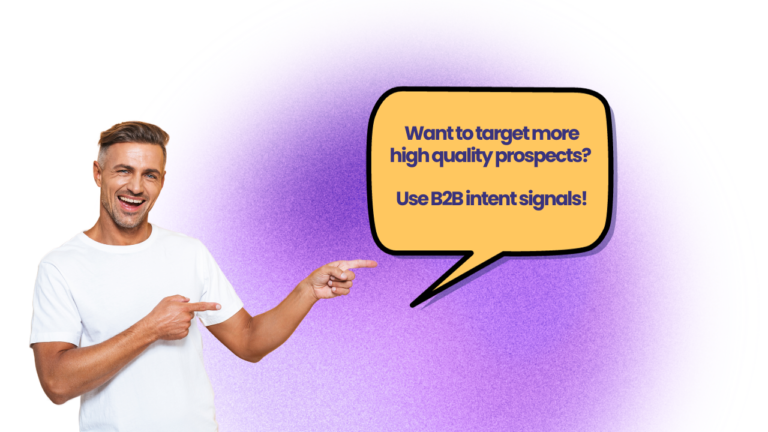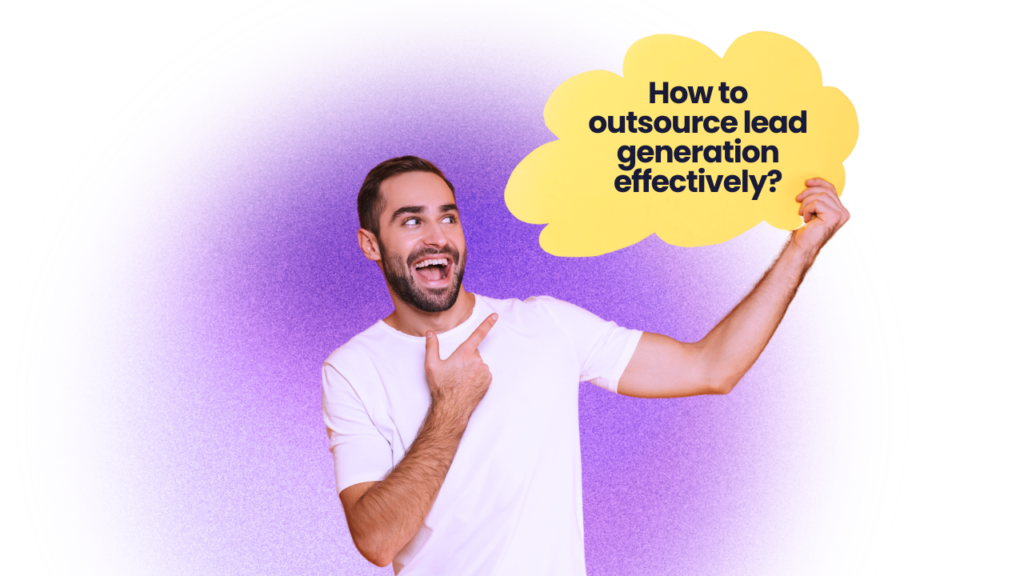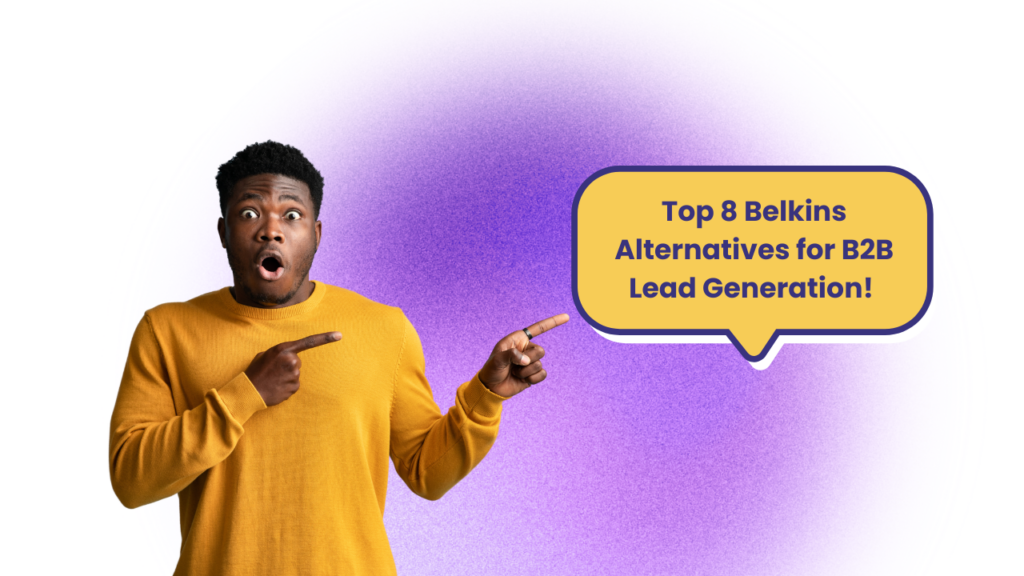In today’s highly competitive B2B sales environment, guessing a prospect’s intent to buy is no longer adequate. Traditional methods like demo sign-ups, webinar attendance, or cold calls offer a rudimentary understanding at best. The game-changer in this landscape is B2B buyer intent signals. Billed as the ‘future of B2B lead generation’, buyer intent data is 2.7x more likely to convert prospects into customers. It’s also key to broadening your conventional lead pool by acquiring important buyer statistics before any actions are taken.
We recently wrote about how intent data is a useful tool for B2B companies to get started with lead generation. It’s recommended you check it out to understand how intent data provides your outbound sales efforts with a definite edge over competitors.
In this article, we’ll deep dive into the utility of B2B buyer intent signals & how you can leverage them to make your outreach more impactful & laser-focused.
Let’s get started.
What is B2B Buying Intent?
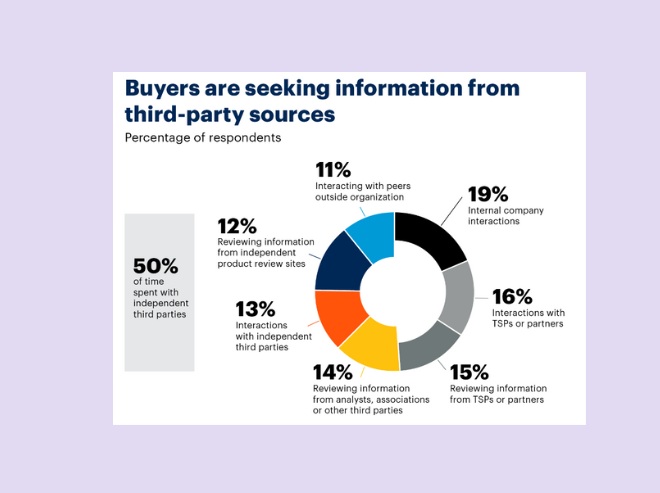
Before we get to understanding B2B buyer intent signals, it’s important to first know what intent really is? In simple terms, the buying intent of a customer (or prospective buyer) is the probability of them obtaining a product or service from your company.
Moreover, the concept of B2B buying intent encompasses a range of signals that indicate a company’s likelihood to make a purchase. With 96% of B2B visitors on your website not yet ready to buy, it’s important to have the insights as to who among those 96% would convert.
Understanding purchase intent helps you align resources and personalize your outreach efforts towards the same segment of visitors.
B2B Buyer Intent Signals Meaning – What It Really Is?
B2B buyer intent signals are indicators that a prospective buyer is looking to make a purchase. Given the fact that prospects spend a large portion of their time in collecting data from third-party sources, sales teams usually need to keep an eye out to determine their involvement until they finish a specific activity or fill out a form.
B2B buyer intent signals are key components of market account intelligence, enabling B2B
companies to identify prospect engagement, and optimize their interactions based on their inclination towards a purchase.
In addition, this type of data can also be used to identify in-market opportunities and convert those prospects into qualified leads through a mix of tactical methods.
When used optimally, B2B buyer intent signals assist your sales & marketing teams in determining where a prospect is in their buying journey, allowing them to create tailored outreach assets and sales communication messages.
Some common B2B buyer intent signals examples include:
- Website Visits: Frequent visits to your website, especially specific product or pricing pages, can indicate interest.
- Content Consumption: Engaging with your content, such as downloading whitepapers, eBooks, or case studies, indicates interest in your industry or solution.
- Email Engagement: Opening and clicking on emails, especially those related to product updates or offers, suggests an active interest.
- Demo or Free Trial Requests: When a potential buyer requests a demo or signs up for a free trial, they are likely considering your product.
- Contact Form Submissions: Filling out a contact form to request more information is a strong signal of interest.
- Social Media Engagement: Liking, sharing, and commenting on your social media posts, especially those highlighting your products or services, shows interest.
- Webinar or Event Attendance: Registering for and attending webinars, virtual events, or conferences you host or participate in can indicate intent
It’s important to note that the B2B SaaS purchase cycle often involves multiple stakeholders and is generally longer than B2C.
Therefore, the more intent data you can gather, the better.
Benefits of Leveraging B2B Buyer Intent Signals
As is clear, there are multiple benefits to using B2B buyer intent signals to guide your sales and marketing efforts. Here is a complete overview of some of them:
1. Increased Conversion Rates
The first significant benefit of leveraging B2B buyer intent signals is the potential for increased conversion rates. In the complex landscape of B2B sales, where cycles are often protracted and involve multiple stakeholders, B2B buyer intent signals help you in understanding a prospect’s interest in making a purchase.
With this critical information, sales teams can craft highly targeted and personalized messages or offers, dramatically improving the chances of a lead converting into a paying customer.
As per Forrester Research, companies that excel at using lead nurturing and intent data can generate 50% more sales-ready leads at 33% lower costs – underscoring the benefits of using B2B buyer intent signals to drive sales communication efforts.
2. Efficient Resource Allocation
Knowing which prospects are actively seeking solutions allows teams to prioritize their efforts around high-value leads, reducing time spent on less promising opportunities – thus shortening the B2B SaaS sales cycle considerably.
This leads to a more efficient use of resources, as sales teams can fast-track prospects showing high intent through the pipeline while marketing can allocate budget and resources to campaigns that target these specific audiences.
The result is a more streamlined operation that enhances ROI and improves the bottom line.
3. Enhanced Customer Experience
Today’s buyers expect personalized, timely interactions with brands, and B2B buyer intent signals enable businesses to offer content and solutions that are closely aligned with what the buyer’s currently looking for.
With Accenture stating that 91% of consumers prefer buying products & services based on the level of personalization, it makes sense to include B2B buyer intent signals as part of your outreach strategy.
4. Identifying Quality Leads
Lead quality is one of the key considerations when it comes to sales outreach – with 40% sales reps considering it as the biggest challenge.
Using B2B buyer intent signals can help sales and marketing teams analyze lead quality, their stage of maturity and buying readiness – all of which can be used to identify and nurture prospects better.
5. Re-engaging old leads
Even if a buyer isn’t responding to your emails (or engaging with you on social media), you can use intent data to re-establish contact with them. Using B2B buyer intent signals at your disposal, you can get in-depth insight as to what they’re currently buying or researching for online.
This data can then be used to enrich your message & sales enablement content that can bring back lost leads & get the conversation started.
How to Identify B2B Buyer Intent Signals?
Paying attention to the right indicators is crucial in making B2B buyer intent signals useful. To start off, you must be aware of the different types of buying signals to identify which are the ones that are apt for your business.
It’s also essential to keep in mind that there can be a frequent crossover between these signals & a prospect might check all or only a few of those boxes during their research.
That being said, here are few indicators to help you identify the B2B buyer intent signals relevant to your business:
1. Demographic indicators
In B2B outbound, some of the best clients of your product or service often share a slew of demographic, firmographic and technographic characteristics and behaviors. What does this mean?
Well, simply put, in case your product or service is of use to technology and developer teams, it makes sense to target CTOs and heads of IT in charge of making technology-related buying decisions.
Demographic indicators are amongst the main kind of B2B buyer intent signals and usually include:
- Gender
- Age
- Occupation
- Place of Residence
- Income
- Level of Education
- Marital status
- Family size
In addition, you can also consider using the following technographic data in this context:
- Tools being used
- Technologies used
- Level of innovation
You can then use these insights to figure out if your rival isn’t applying a solution such as yours.
2. Event-based triggers
Business-related news and developments are at the core of event-based B2B buyer intent signals. For example, if a fast-growing startup raises a huge funding, or hires someone with a proven track record – it’s usually indicative of a new event/development occurring.
Event-based triggers are an excellent way to reach out and engage with relevant prospects. Here are some common event-based buyer signals:
- Recent fundraising announced
- Latest industry event or conference
- New employment opportunities
When reaching out to prospects, you can include these in your message – so as to make sure the prospect hears you out once before making a decision.
3. Action-based Signals
The third type of indicators are the action-based signals – which refer to behavior that your leads are taking, demonstrating their chances of becoming a buyer.
Such kind of intent signals usually happen ‘bottom-of-the-funnel’ – and it’s important to monitor and understand what they are & how they occur.
Some of them are as follows:
- Accounts visiting specific web pages on your site
- Chat-based customer enquiries
- Engagement on social media on specific topics
- Asking questions on online forums (Reddit, Quora and so on)
In addition, there are both overt and covert B2B buyer intent signals being used to power outreach in the world of B2B selling.
While the ‘overt’ signals usually have actions where the prospects themselves share their personal information, the emergence of ‘covert’ signals has introduced a new layer of sophistication.
With the passage of time, and technology becoming more mature, demand gen teams can now use web analytics and reverse IP lookup to identify anonymous traffic.
When used right, these indicators can be a great way to boost sales and guarantee speaking to your most engaged customers.
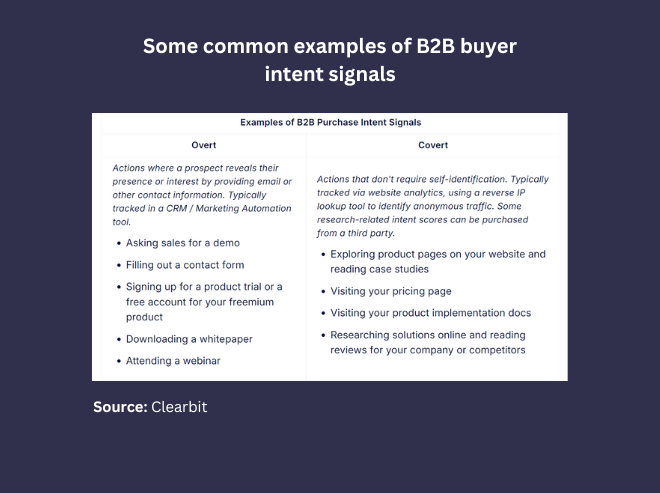
How to Implement B2B Buyer Intent Signals?
Leveraging B2B buyer intent signals can bring transformational improvements to your sales figures. Here’s how you can implement them in your outbound process:
1. Creating a Qualified List of Target Accounts
You can use the B2B buyer intent signals to get insights on what topics the maximum number of your prospects are engaged with while your sales team analyzes the sources of the prospect’s intent data.
Once you have that insight, you can highlight the profiles that have specific characteristics in common and focus on reaching out to them.
For example, you could start a campaign to attract accounts having higher buying intent, while also creating one for accounts that are still in the early stages of their purchase journey.
You can also use intent signals like the revenue, company size and software tools they use to tailor your outreach – thereby increasing the chances of a positive response.
2. Proactively reach out to prospects
In B2B, timing is a crucial factor. If your competitor contacts a lead before you, it’s quite possible that you might have a difficult time persuading them to try out your solution. This is exactly why being proactive in your outreach is crucial.
This is exactly where things can change – with you listening to the B2B buyer intent signals closely and then quickly reaching out to prospects first.
You could also use these signals to score leads based on different intent metrics – and when a lead meets the criteria, go on and connect with them.
That being said, you could track the following activities at this step:
- Prospects looking for specific type of information
- Prospects registering for a webinar or livestream
- Prospects visiting your website multiple times
This way, your sales team can have reliable indicators to signify whenever a prospect begins making a purchase decision – timing the outreach perfectly with their requirements at the time.
3. Creating Personalized Sales Assets
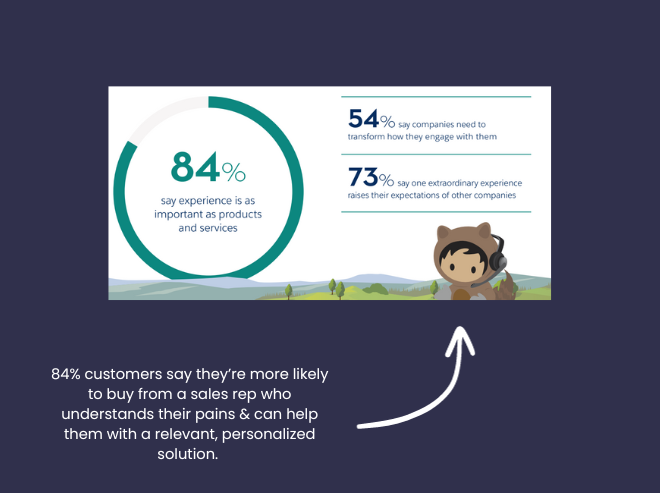
Once you’ve got a hang of what your leads find valuable, and the problems they want to fix – you can use the insight to create personalized sales enablement assets to supplement your outreach.
With 84% customers preferring personalized sales communication over templatized outreach, you can use the insights from these B2B buyer intent signals to optimize the sales process within the organization.
4. Optimize Your Content Marketing Strategy
Another way you can implement B2B buyer intent signals in your sales process is to use them for creating a content strategy that addresses your customers’ most pressing needs. Instead of focusing only on search keywords, you can use intent-based insights to create highly-targeted content for your prospects.
You could create optimized content assets using the following themes with increased buying intent:
- How to address {{problem statement}}
- Most effective {{method}}/{{product}} to solve {{problem statement}}
- Alternatives to {{current solution}}
Each of the above content types serve a specific keyword, and are usually indicative of purchase intent or related research.
After publishing the content, you can then track how many people are taking action after checking your blogs and articles.
Some common actions you can track here include:
- Number of phone calls received
- Viewing specific pages
- Filling a form
As you gather these insights, you’ll understand what’s resonating with your ICP and then guide your subsequent content marketing efforts in that direction.
5. Reduce buyer attrition using intent signals
Lastly, B2B buyer intent signals aren’t just for new customer acquisition; they can be just as useful in customer retention. By continuously monitoring these signals, you can identify accounts that may be considering alternatives and take proactive steps to retain them.
Moreover, it can also help you understand what aspects of your sales process need fine-tuning.
Remember that prospects don’t ‘cancel’ their subscription to your product or service for entertainment, and there might be loopholes there or in the sales process that needs to be addressed.
Unlock More Sales Opportunities with B2B Buyer Intent Signals!
Understanding B2B buyer intent signals may seem daunting initially but proves invaluable in the long run. According to SiriusDecisions, proper utilization of intent data can result in a significant improvement in response rates for B2B marketers.
For businesses looking to make the most out of these intent signals, a B2B growth partner specializing in intent-based outbound is all you need.
Thankfully, at Cleverviral we offer a comprehensive suite of data intelligence services to help you make the most of these B2B buyer intent signals.
Take the first step towards scalable outbound success, drop us a line today at [email protected] and we’ll get in touch with you shortly.
Frequently Asked Questions
What is B2B Buying Intent?
B2B buying intent refers to the measurable behaviors and signals that indicate a prospective business customer’s likelihood to make a purchase.
These behaviors give depth to marketing account intelligence, helping businesses identify where a prospect is in the sales funnel. Based on these B2B buyer intent signals, you can effectively target and engage potential customers, using it to make data-driven decisions to optimize their sales processes and better allocate resources.
What are Buyer Intent Signals?
Recognizing and understanding them early can dramatically improve the effectiveness of outbound sales efforts.
What are the 4 types of B2B buyers?
1. Economic Buyers: Focus on ROI and cost-efficiency; crucial for interpreting B2B buyer intent signals related to budget.
2. Technical Buyers: Evaluate product specifications and compliance; help in tailoring B2B buyer intent signals for product fit.
3. User Buyers: Actual users of the product; their feedback and usage patterns can serve as valuable B2B buyer intent signals.
4. Coaches: Guide you through the buying process; key for understanding the nuances of B2B buyer intent signals across the sales cycle.
